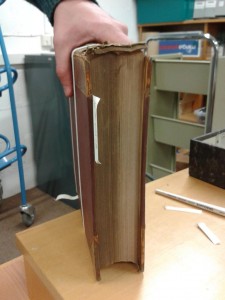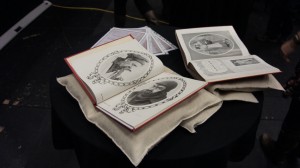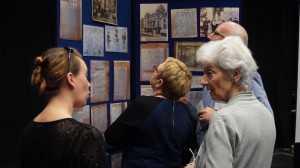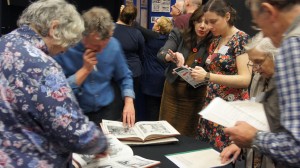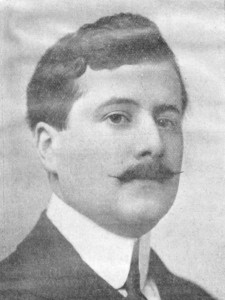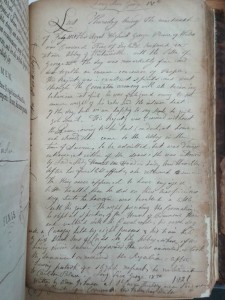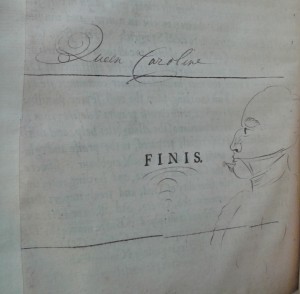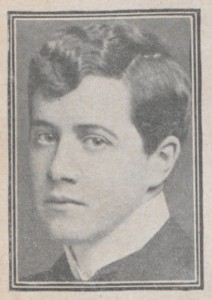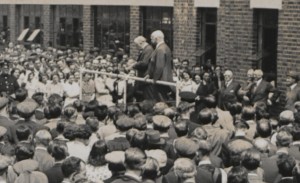Another year comes to an end already…I’m not sure where 2014 went, but once again it’s been full of excitement and events for Special Collections & Archives.
Along with our regular lecture series, and the annual teaching of Victorian & Edwardian Theatre history, 2014 witnessed the publication of the first part of a biography of Sir Howard Kingsley Wood, by historian Hugh Gault, based heavily on the scrapbooks held in our collections. Alongside this, and our normal duties, we have been preparing to move all of our collections: next spring, we will be setting up the service in the new Templeman extension. This has really been taking shape over the last few weeks, and we have been lucky enough to pop over to see the new reading room, offices and stores. We can’t wait to be in there, but first there’s just the small matter of moving all of our collections from one end of the building through to the other, over 3 weeks, along one corridor. Look out for more news about this in the new year!
In preparation for the move, we have been working closely with a stalwart team of 15 volunteers who have been cleaning our rare and special book collections, packaging the fragile bindings and helping with collections care. This means that the books, which take up several hundred metres of shelving, can be carefully moved without risking any damage. On Wednesday 17 December, we had a special volunteers’ event to mark the end of this project, but I’d also like to take this opportunity to thank all of this term’s volunteers for their hard work, enthusiasm and commitment, which has enabled us to get over 150 metres of books clean and ready to move.
Also this term, we’ve delivered more than 20 taught sessions and workshops with members of the University community and beyond, including a hugely popular event at the Marlowe Theatre to mark the 100th anniversary of the outbreak of the First World War. As ever, it’s been great to see people getting so enthusiastic about archives – whether it’s a book signed by Alfred Russell Wallace, acting out the thrilling conclusion of the melodrama Maria Marten or discussing Shakespeare’s Welsh connections.
We’ve had several new members join us the team this year: our new archivist, Ann MacDonald, who is curating the University of Kent Archive, and Rachel Dickinson, Metadata and Special Collections Assistant, who has been cataloguing materials right across the broad spectrum of the collections. You can take a look at Rachel’s thoughts about her experiences getting started in the collections on the blog. Another exciting development has been the appointment of an archivist and a digitisation assistant to the nascent British Stand Up Comedy Archive for a year; again, more news to follow in 2015! Finally, stalwart member of the British Cartoon Archives Team Jane Newton has gone part time, so we now have Joy Thomas working as the other half of the post of Special Collections & Archives Curator.
So as we look forward into 2015, we know there will be some major changes and a considerable amount to organise. But we’re looking forward to settling into our new spaces and continuing to work with researchers to discover rare and exciting materials in the unique Special Collections & Archives here at the University of Kent.
Wishing you a very merry Christmas and a happy 2015!

